Watermelon - what is it, a vegetable, berry or fruit, interesting facts about the plant
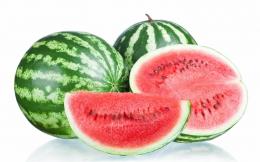
Many people, both children and adults, believe watermelon the most delicious delicacy. Tasting the juicy and sweet pulp of the fruits of this plant, not many people think about the origin of this plant, that it is a fruit, vegetable or berry.
In fact, the plant has a very interesting history of domestication. And regarding its botanical classification, the debate does not subside even for a minute.
The article will introduce you to an interesting opinion about what watermelon is, its origin, beneficial properties and several interesting facts.
Content
- Is watermelon a fruit, vegetable or berry?
- Melon and watermelon
- Homeland of watermelon
- Beneficial features
- Some interesting facts
Is watermelon a fruit, vegetable or berry?
According to Sergei Sokolov, Candidate of Agricultural Sciences of the State Scientific Institution VNIIOB, watermelon is definitely not fruit, because its stems spread along the ground and do not grow like trees. It can easily be classified as a berry, but with some reservations.

Based on its botanical characteristics, the plant can be called a berry, namely a false one!
The main factor that distinguishes the fruits of this plant from berries - their shell. For example, we eat gooseberries completely, including the skin, but not watermelon! The presence of a thick rind consisting of coarser cells makes it a false berry.
It is not recommended to gnaw the pulp until it peels, because harmful substances accumulate in it.
It is not uncommon for a plant to be mistakenly called a pumpkin - botanists call the fruits in a similar way pumpkins, cucumber And melons. Pumpkin has a cavity in the center, which is absent in watermelon. Its seeds are located inside the pulp, like ordinary berries.
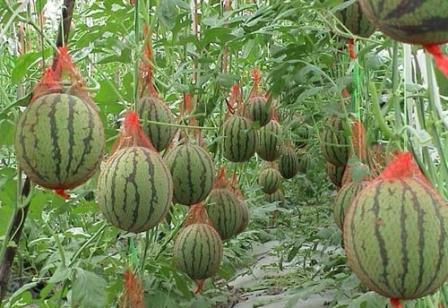
Therefore, watermelon is the largest, but false berry!
Melon and watermelon
Let's figure out why watermelon is a berry, but melon is not, because the fruits of both plants have similarities in structure, ripening time, and cultivation methods. Plants are united by one class, but belong to different species: melon is classified as a fruit, and watermelon is classified as a berry.
Both plants are similar in the development of stems and root systems, but the flowers and leaves of melon are similar to zucchini, cucumbers, pumpkin. The skin of a melon is much thinner and softer than that of a watermelon, and does not differ from the pulp.
And the location of the seeds in both fruits is completely different. It is believed that the closest relatives of the melon are cucumbers, zucchini, and pumpkins, but the watermelon is a very distant, but still relative. After carefully studying the information, the conclusion suggests itself - although both plants are combined into one family, they are completely different.
Melon – vegetable, watermelon – berry, although some consider it false.
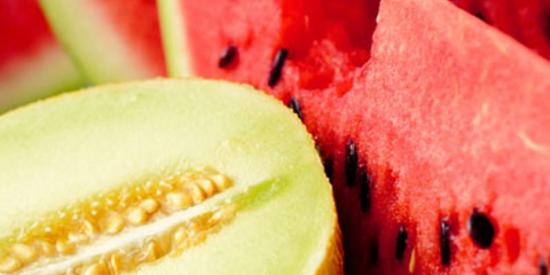
Homeland of watermelon
The plant came to us from Africa, from the Kalahari Desert. From there, colocynth, a wild species of this plant, spread throughout the planet. The fruits of this plant are bitter, but edible species are sometimes found. The juicy fruits of this plant saved travelers in the desert from death due to thirst.
This is associated with the domestication of colocynth and further selection, which made it possible to obtain a large number of varieties that are completely different from one another.
Beneficial features
It is known that this plant can do without a sufficient amount of water and high-quality soil, but without the sun, it will not be able to ripen, will not gain sweetness, and will not be tasty.
Almost 13% of various sugars accumulate in fruits, the main part of which is fructose. That is why they can be eaten by diabetics.
Of course, the fruits of this plant are not record holders for water content, but its content in the pulp is up to 90%. And some varieties contain large amounts of pectin and dry matter. These berries are not boring at all. Doctors often recommend them as an excellent diuretic that can thoroughly flush the kidneys and cleanse the body of toxins.
The pulp of the fruit contains folic acid, which is necessary in the production of blood, which supports the flow of metabolic processes in the tissues of the human body. The pulp has choleretic properties. The fruits of this plant are often recommended for use in cases of atherosclerosis, gout, and arthritis. Nutritionists prescribe watermelons with black bread for high acidity.
The fruits of this plant are of great benefit for liver pathologies, heart disease, gall bladder, anemia, obesity, Botkin's disease, and nosebleeds. Frequent consumption of these berries removes sand and even small stones from the kidneys.
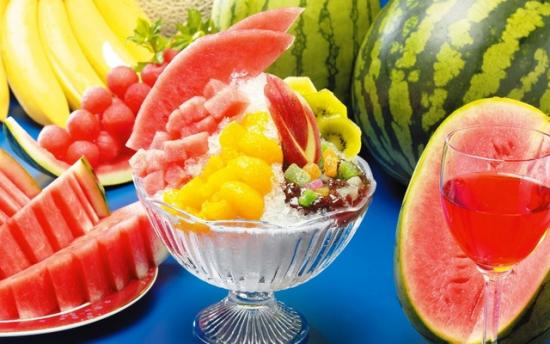
If you are overweight or obese, a fasting diet is useful, in which you need to consume three kilograms of watermelons per day.
No less useful tea, made from watermelon rinds. You can use dried or fresh peels.
Tea rejuvenates, gives the skin elasticity, and returns it to a healthy color.In addition, the peels are used for cosmetic purposes, for making masks, and an emulsion is made from the seeds, which helps in removing acne and freckles.
Some interesting facts
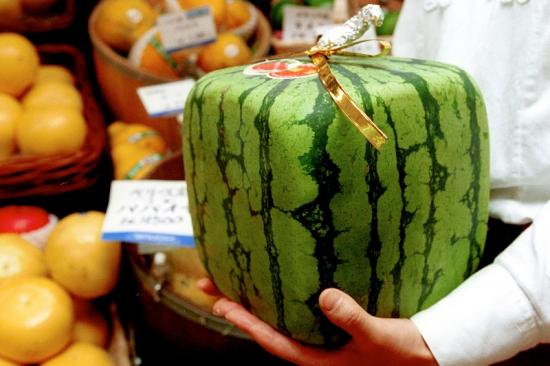
The oldest image is considered to be the image of a watermelon on the inscriptions in the Egyptian pyramids. Most scientists consider the Nile Valley to be its homeland. The fruits of the plant were left in Egyptian tombs, along with other household items. This was done so that the deceased could enjoy these delicious juicy fruits when moving to the afterlife.
It is believed that the most unusual variety of watermelons is grown in India. They are grown in hammocks hung over the water. The bottom is covered with moss, then filled with silt and seedlings are planted. In such conditions, the fruits grow to incredible sizes. Harvesting from boats.
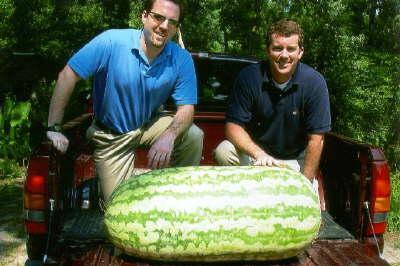
Today, the largest watermelons are grown in Iraq. They have an elongated shape and a length of about one and a half meters. To transport such a monster, you need a cart pulled by two donkeys. Wild pigs pose a threat to watermelon plantations. For this reason, farmers have to guard the melon trees day and night.
Additional information about watermelons - when watching the video:

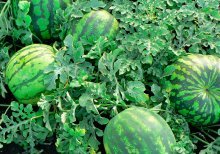
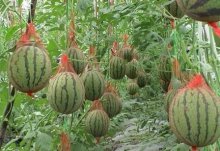
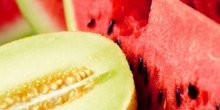
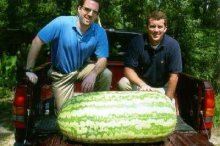
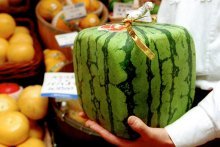

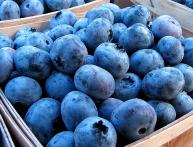
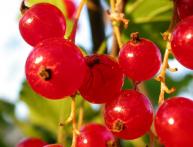
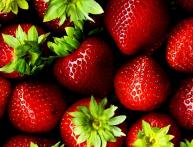
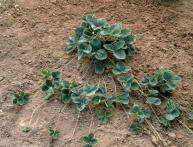
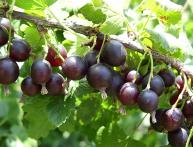
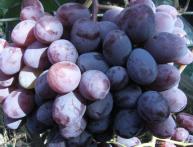
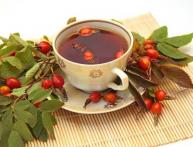
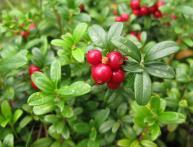
Comments
I have known since school that watermelon is a berry. I remember being very surprised by this fact back then :) I liked the photo of the square watermelon. I saw a short video somewhere about how they are grown. At a certain stage of ripening, the fruits are put into square shapes, which is why they grow so wonderful.
I have watermelons growing on our plot in the Moscow region. True, they grow about the size of a tennis ball and do not ripen, but as an exotic species they look nice. Although I watched the program, full-fledged watermelons grow in the North.I wish I could find frost-resistant seeds...
When I visited my grandmother as a child, she always told me that watermelon is a berry. I was always surprised. It turned out that this was true. And grandma’s watermelons were always delicious. Eh, nostalgia.
There are so many amazing facts about watermelon, I knew of course that it was a berry, but for everything to be outlined so subtly, it was even interesting how it became, and it was a surprise that the homeland was Africa, and even from the desert.
I wanted to know if it is true that if there are a lot of white veins in the middle of a cut ripe watermelon, this indicates that the dose of nitrates or other fertilizers is high and it is not safe to eat it? Another encouraging fact is that we have stopped selling watermelons from the ground on the street, only in markets and stores.